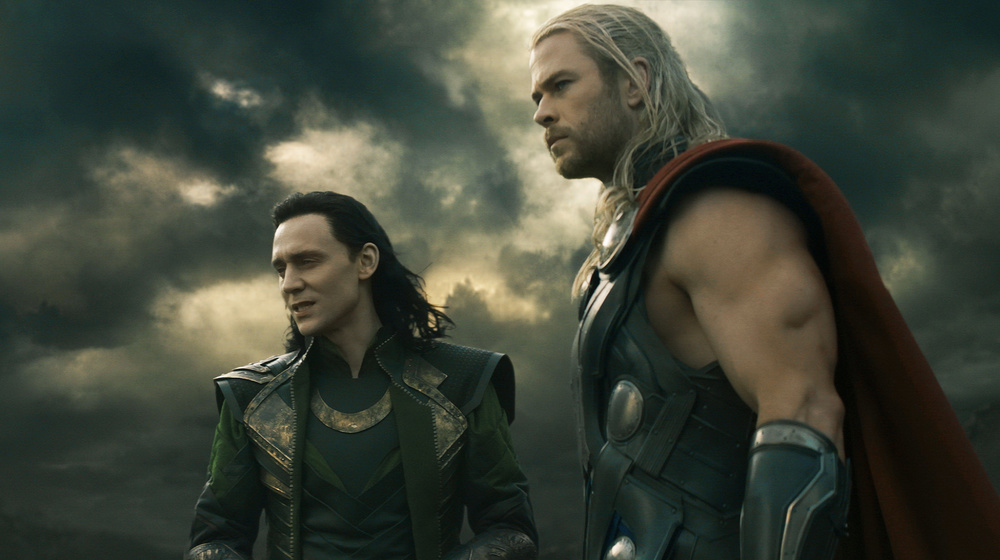‘Philomena’ showcases Dame Judi Dench’s stellar acting abilities and although Steve Coogan’s screenplay stands on its own well enough to keep us intrigued, his attempts—both onscreen and on paper—at hilarity are futile.
Philomena Lee (Dench), after keeping it secret for 50 years, looks for her illegitimate son in the United States with the help of former BBC journalist, Martin Sixsmith (Coogan).
At the start of the film, we are introduced to Philomena’s background, which we soon find out is a very sad one. Young Philomena (Sophie Kennedy Clark), after getting pregnant out of marriage is forced to work in the convent and, as “punishment for her sins,” she’s given very little time to spend with her son and eventually forced to give him up. Throughout the film, the same system that forced her son from her plays a key role in her story, but it is Lee’s spiritual conviction and belief in not finding fault in their actions that should be commended.
Dench’s commitment to her character is outstanding. As the film continues to shift between flashbacks of her life, her son’s life, and the short time that they did spend together, the reasons as to why she has the right to lay the blame on the nuns multiplies exceedingly, yet Dench—in the delivery of each line—brilliantly portrays a woman ultimately determined to find out her son’s whereabouts and one who refuses to blame others for their separation however deserving. Regardless of whether or not these were the characteristics of the actual woman of which this character is based, Dench’s approach to Lee is genuine and, in this role, also manages to keep her audience in great spirits with stories, not particularly humorous, but hysterical throughout her retelling.
While Coogan’s character is primarily there to help Lee in her search, his lack of comedic timing leaves all the responsibilities in both making us laugh and driving us to tears in the hands of Dench. Most of the jokes are revealed the trailer and the remaining punch lines are lost in his otherwise very dull delivery. At one point in the film, he seems annoyed with Dench’s character when she’s telling a story and he proceeds to cut her off. It’s as if he’s only trying to be funny when he’s actually being more of an annoyance in this case. Coogan’s character, although rude and understandably so after having just been let go from BBC, isn’t the proper fit for what should be a comedic duo. His role is merely additional conflict and a potential spokesman for what the audience maybe be thinking and feeling every time there’s a new development in their search.
‘Philomena’, as a drama, is much more heartfelt in its retelling of a mother’s search for her son than it is when it’s trying to be a comedy. While the script feels a bit unfinished, Philomena’s side of the story remains solid.
Jim’s Rating: 6.75/10




